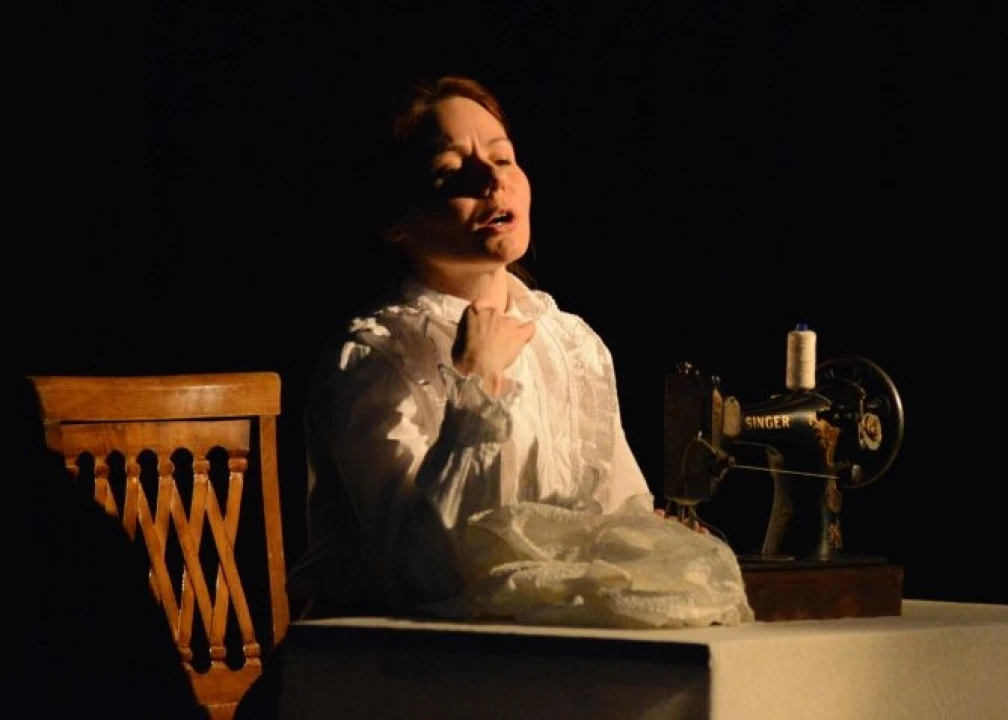Oftentimes, the stories that change our life happen by chance. And it is by chance that this story too was born, in 2009. It was early March and, as always happens in this period, the historic news that appeared in the newspapers and on the internet was the one dating back to 1908 when, in the New York Cotton Factory, the owner Mr. Johnson decided to set on fire the factory entrapping the workers, to punish them after a strike they organized a few days before.
The poor girls, according to the story, would all be burned alive as a result of this cruel act. This event would be the one giving birth to March 8 as the International Women's Day. But there were no other details about this story: everything was limited to a few lines appearing everywhere with the same short content. And that's when I decided to investigate and see if there was other material available that could shed light on this issue.
Like any modern researcher I then used the widest source that we have available today, the web. I started browsing American sites, looking for signs, pictures or articles that could help me, but after several days of work, I could not find anything, noting that ultimately that what was available about the Cotton Company and Mr. Johnson was actually a fake history, a story that was circulated at the time and that unfortunately still remained in the memory of many Italians.
In short, all the research led to a name I had never heard: Triangle Waist Company. This factory, which really existed, had indeed been the scene of a story in 1911, to be exact on March 25, where a fire would kill of no less than 146 people, including 129 women from Italy, Romania, Russia and other Eastern European countries. My research became more and more intense. I wanted to look at news and material to understand more. Bringing on my research, in 2012 I got in touch with Jane Fazio-Villeda, a descendant of Giuseppe Zito: an Italian who, like many of his fellow Italians at the time, left his town (Serre, in the province of Salerno) to seek fortune in America and found work as an elevator operator at the very Triangle Waist Company.
In 2013 I met Michael Hirsch, a researcher who has made a great contribution to the research about the Triangle Fire, and has given me a lot of material on facts and people involved in the fire. During this time I discovered that an association, "Remember The Triangle Fire Coalition", on March 25 of each year in New York celebrates a commemoration of the tragic fire in the Brown Building, the building that at that time was called Asch Building and housed in the top three floors the Triangle factory. At the head of the "Remember The Triangle Fire Coalition" was then Serphin Maltese, a former Senator from New York, a descendant of three victims of the fire. Serphin introduced me to other descendants of victims of the Triangle Fire and helped me in the search for photos, documents and historical facts.
That was when I decided to create the Triangle Fire Project Italy, the first and only existing Italian website entirely dedicated to this event, unfortunately still little known in Italy.
Two years earlier, in 2011, I had already staged with my association Teatro delle Muse a play on this topic, entitled "La fabbrica maledetta" (The cursed factory), created in collaboration with the dance group Totemaju, directed by choreographer and director Ester D'Argenio. Later, the project has become a real show, the text has been adapted for only two players and it has expanded with new material I was collecting thanks to my contacts overseas.
Even the title is no longer the same; it became "Fire!", the word that many of those workers cried that day in the burning factory. The show, where I play Giuseppe Zito, sees together with me a fine actress and a great friend, Sara Guasti, who plays Vincenza Pinello, one of the workers. It is a 4-hand work, because Sara also helps me in the direction inserting always very personal creative ideas.
In all these years of continuous research, which even today does not stop, we had many great satisfaction through the years. We helped raise awareness about the history of the Triangle and of Joseph Zito to his descendants who still live in Serre. They knew nothing about the story of the Triangle, nor to be the descendants of a hero. I met them in the summer of 2015, when I went to Serre to visit the city where Zito was born, and experience the thrill of walking the same streets that he had walked more than a hundred years ago, before leaving them to go to America.
A few months ago, I was contacted by a person who asked me to provide him the biography of Giuseppe Zito, that he would send to the Prefect of Salerno to start the paperwork for the naming of a street in Serre in honor of Zito, which will be called Vico Giuseppe Zito. Another great feeling.
In fact that tragic day, together with his colleague Gaspare Mortillaro, Zito saved the lives of many people making numerous trips in the elevator. For this heroic act he was decorated with medals for bravery, and still is remembered in America as the hero of the Triangle Fire.
In short, it's good to know that my extensive research has been able to offer so many opportunities to people who would never have known this story or the fact that they had relatives in America (it's what happened to the descendants of Zito in Serre, who did not know Jane Fazio-Villeda, part of their family residing in New York).




